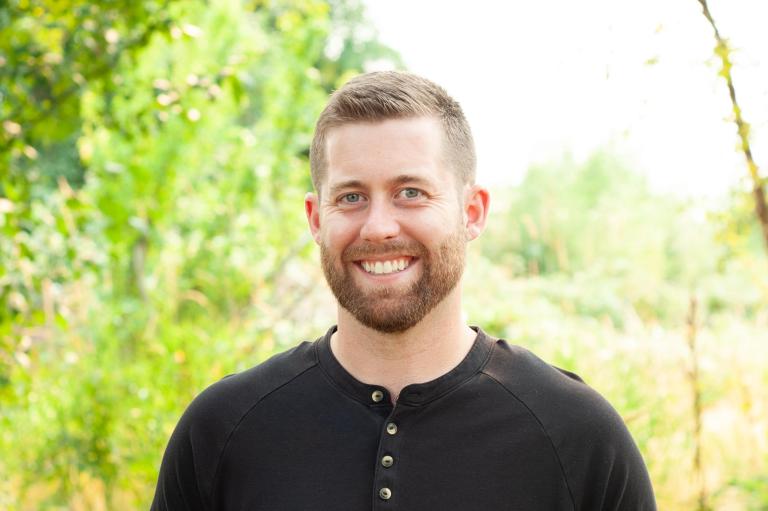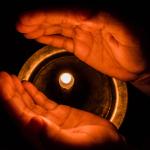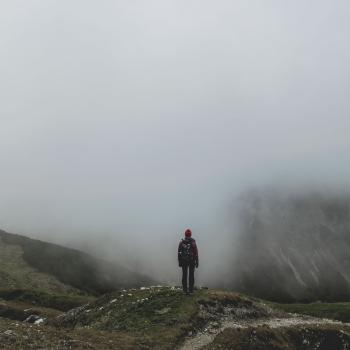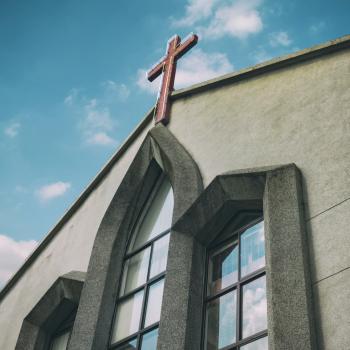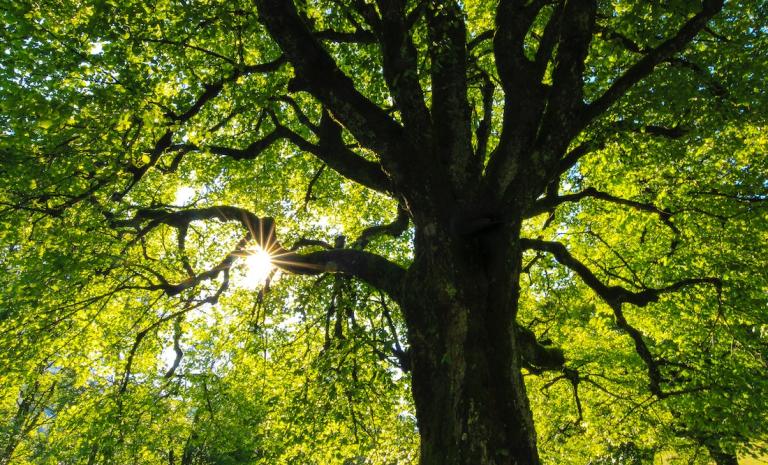
For those of us who grew up in the Christian Church, our bodies were too often forgotten or ignored when it came to spirituality. Instead, spiritual matters were often presented like any other idea or topic, things to be cognitively believed or disbelieved. In some ways, it’s as if our bodies were seen simply as vehicles for our brains, ancillary to the search for spiritual depth.
An embodied spirituality flips this paradigm, refusing to ignore that our experiences of the world and of the Divine come first through our bodies. Everything we see, taste, feel, touch, smell, and engage with is mediated by our senses; by ignoring our bodies, we are ignoring a foundational lens through which we experience life and love.
And in case you need biblical support to re-learn to love your body, in the Jewish and Christian Scriptures, God refers to us as inherently good, something Matthew Fox refers to as our “original blessing.” Not just our brains or our ideas; all of us.
What is an Embodied Spirituality?
Engaging the world with an embodied spirituality affirms three core elements:
-
- The Divine is Right Here, Right Now. Rather than seeing the Divine as some far-off god who judges us from the sky, we are invited into a truly spirit-filled world, one in which That Which is Bigger Than Us is present in the here and now. Jim Finley, a wisdom teacher if there ever was one, says that the Divine is the “intimate immediacy of Love, manifesting itself in every moment.” In this worldview, we have some really good news: every human, every animal, every plant, and every thing we see is infused with the sacred. Call it Divine DNA, if you will.
- The Divine is Experiential. If every thing is sacred and the Divine is with us at all times, even in the moments of pain and suffering, it means we can experience the Divine in every moment! Because what good would the Divine be if it was within us and around us but we couldn’t access it? This is one of the key elements of an embodied and contemplative spirituality: if we are mindful and intentional in our day-to-day lives, we can begin to recognize our own divinity and the sacred nature of Life, in all its messy glory. In the words of Teilhard de Chardin, “we are not human beings having a spiritual experience. We are spiritual beings having a human experience.”
- The Divine Works Through Us. As people infused with “Divine DNA,” we have the privilege and the responsibility to embody such a love in the world. This is where the rubber meets the road: an embodied spirituality is activist in nature, showing itself through the ways we show up in our neighborhoods. In The Interior Castle, Saint Teresa of Ávila writes that when we sink into the depths of such a spirituality, we will have no choice but to walk more compassionately and more mindfully in the world. (More on Teresa of Ávila here.)
What is an embodied spirituality?
What are contemplative practices?
How can I integrate contemplation and action in my life?
How do I find spiritual teachers near me?
I’ve recently written a 14-page Quick Guide where I attempt to succinctly answer these questions, offering examples, body practices, and book recommendations for you to dig deeper. Get it free here.

